ARTICLE AD BOX

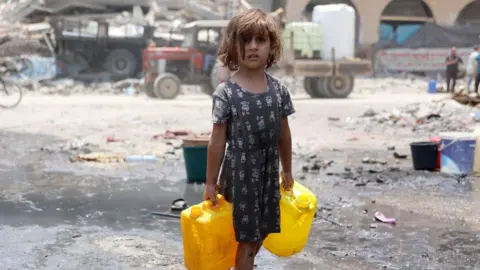 AFP
AFP
Palestinians who have returned to Jabalia refugee camp since the Israeli withdrawal say homes and infrastructure have been destroyed
Palestinians who have returned to Jabalia refugee camp in northern Gaza in recent days have expressed shock at the level of destruction following a three-week Israeli military operation there against Hamas and other Palestinian armed groups.
One displaced man who was among the more than 60,000 people who fled the intense battles and bombardment in the camp and its surrounding area last month said he had witnessed “horrifying scenes”.
“Even the sand beneath our feet is scorched; it's unbearable to walk on,” he told BBC Arabic. “The streets are strewn with rubble and demolished buildings. Words fail to describe the devastation.”
The man - who asked not to be named - also said he had seen injured and dead people “lying on the ground” and that essential services and goods were not available.
“There is no electricity or water. There are no clinics or medicines,” he added. “Wells have been destroyed, shops and supermarkets demolished, and there is a shortage of food.”

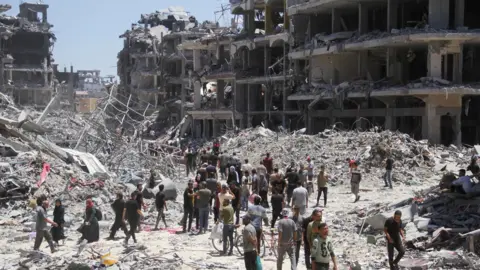 Reuters
Reuters
The UN agency for Palestinian refugees said it received "horrific reports" from Jabalia camp
The town of Jabalia and its decades-old urban refugee camp - the largest in Gaza, with more than 110,000 registered residents - witnessed weeks of devastating bombardment and fighting after the start of the war between Israel and Hamas in October.
The Israel Defense Forces (IDF) said troops had secured control over the camp at the end of December after a series of operations in which it said “many terrorists” were killed.
It subsequently scaled down combat operations across northern Gaza, declaring that Hamas’s local battalions had been dismantled. But that left a power vacuum in which the group was able to rebuild.
On 12 May, the IDF said troops were going back into Jabalia for an operation "based on intelligence information regarding attempts by Hamas to reassemble its terrorist infrastructure and operatives in the area".
Over the next three weeks, battles raged as tanks and troops advanced into the refugee camp under the cover of intense air and artillery strikes. One military official described the fighting as "perhaps the fiercest" they had seen over the past seven months.
On Friday, the IDF announced that troops had completed their mission, having “eliminated hundreds of terrorists in intense combat and close-quarters encounters” and destroyed dozens of “terrorist infrastructure and combat compounds”.
The troops also located and destroyed more than 10km (six miles) of an underground tunnel network and retrieved the bodies of seven Israelis taken hostage by Hamas in October, it said.

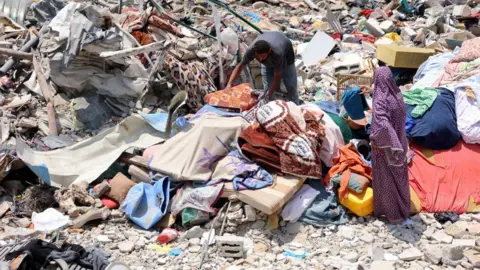 AFP
AFP
Camp residents have been searching through the rubble of their destroyed homes
Displaced families were soon pictured walking back to the camp along streets lined by destroyed buildings, carrying what remained of their belongings.
A spokesman for Gaza’s Hamas-run Civil Defence force, Mahmoud Bassal, said on Friday that its rescue teams had found dozens of bodies across Jabalia camp, including 30 members of one family. That figure had reached 70 by Sunday morning, according to Palestinian media.
The identities of the dead were not yet clear. But the IDF’s Arabic spokesman, Lt Col Avichay Adraee, insisted on X that they were members of Hamas and other armed groups.
Mr Bassal also said Israeli forces had destroyed most of the homes in the camp, as well as its central market and almost all of its infrastructure.
He added that the fifth floor of al-Awda hospital in Jabalia had been destroyed along with the main electrical generators at Kamal Adwan hospital in nearby Beit Lahia.
The UN agency for Palestinian refugees, Unrwa, meanwhile said it had received “horrific reports” from Jabalia camp, where it provides services.
They included displaced people, including children, reportedly being killed and injured while sheltering in an Unrwa-run school that was besieged by Israeli tanks, according to a post on X, formerly Twitter. There were also reports of Unrwa offices being destroyed by air strikes and bulldozed by Israeli forces, it added.
Unrwa chief Philippe Lazzarini said thousands of people from the camp now had “no choice but to live amid the rubble and in destroyed Unrwa facilities”.

 Reuters
Reuters
Some displaced families have been moving back into damaged UN-run schools
One of the returnees told BBC Arabic’s Gaza Lifeline programme that he and his seven-year-old son had seen “the bodies of martyrs scattered everywhere in the streets” on Saturday.
“East Jabalia has been subjected to an unprecedented devastation,” Diab Abu Salama said. “All the stores in Jabalia have been destroyed, as well as the homes surrounding them.”
“There is no doubt that the goal of the occupation [Israel] in displacing people and destroying their homes and shops is to force them to leave this country,” he claimed, before adding: “But we will remain steadfast.”
Musaed Zaqzouq, meanwhile, described how he found only rubble where his home had stood three weeks ago.
“The scene was very horrible,” he said. “The family home was completely destroyed, and so was the neighbourhood in which I lived.”
“Water pipes were destroyed... sewage channels were damaged,” he added. “There is no longer one suitable place for habitation.”
A woman, who asked not to be named, said the level of devastation was such that “we walk in the streets as if we are seeing them for the first time”.
She also urged the international community to take action to help Palestinians in Jabalia and elsewhere in Gaza.
“What is the reason for all this mass destruction?” she asked. “Please, hurry and come to us to see how much we are tormented.”
Israel launched a military campaign in Gaza to destroy Hamas in response to the group's cross-border attack on southern Israel on 7 October, during which about 1,200 people were killed and 251 others were taken hostage.
At least 36,470 people have been killed in Gaza since then, according to the Hamas-run health ministry.

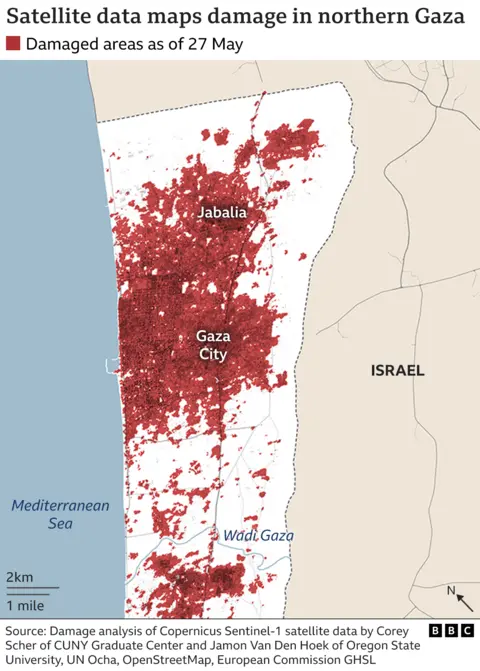

 7 months ago
24
7 months ago
24

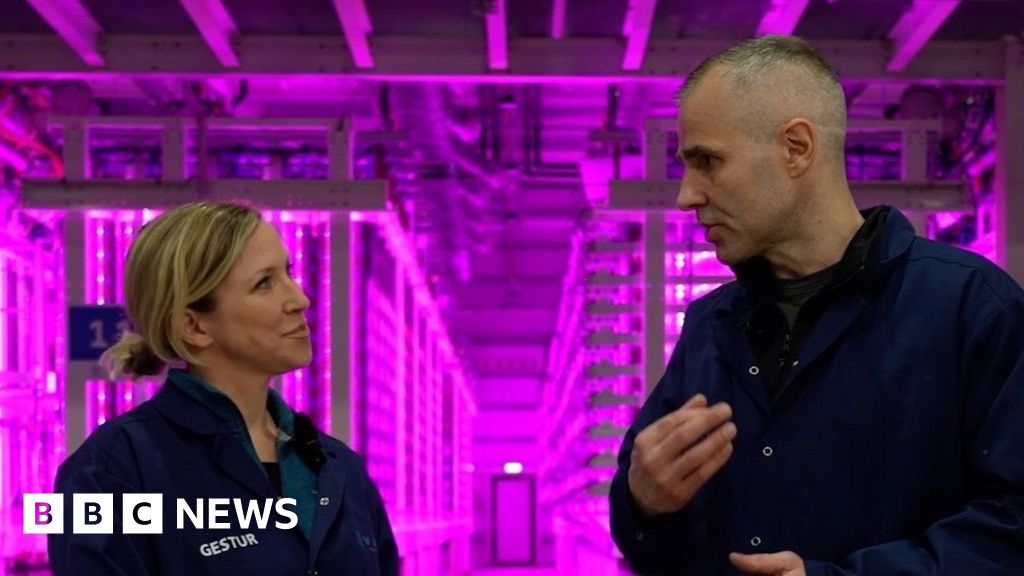
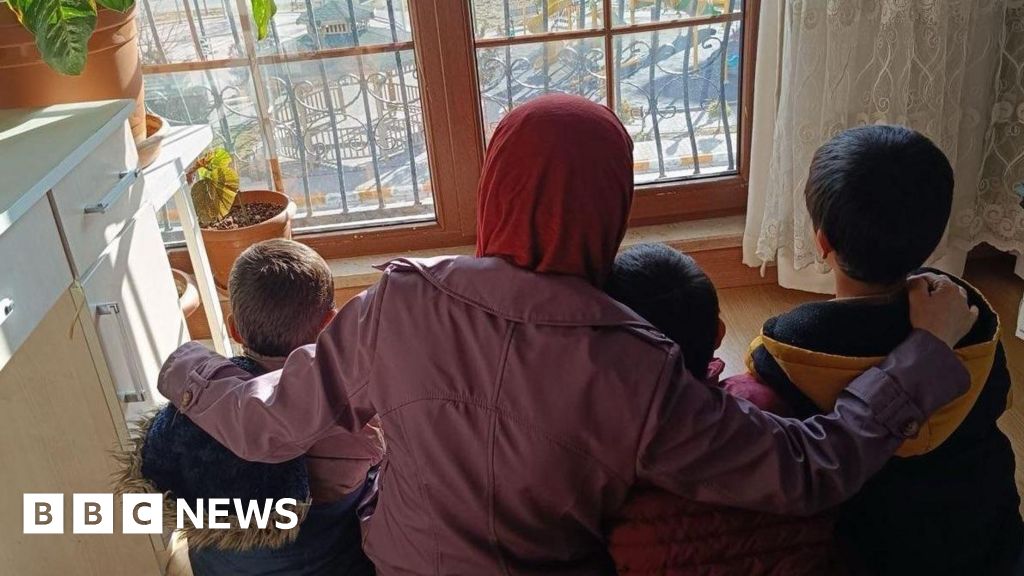





 English (US) ·
English (US) ·